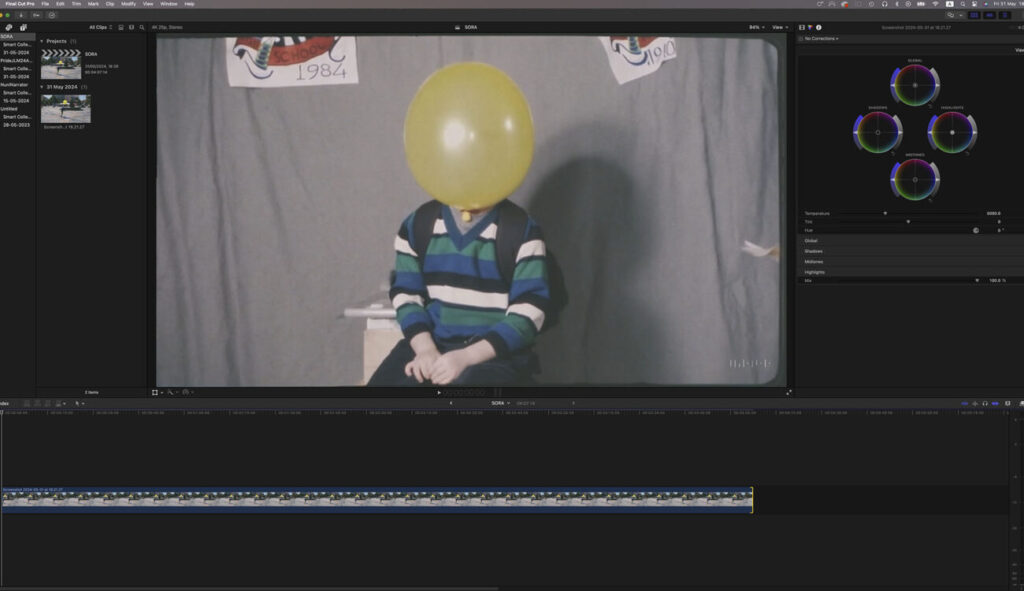There’s been a recent uproar regarding Open AI’s Sora video generator. Its video “Air Head,” created by the ShyKids independent group, went viral, leading to startling discoveries about the role of conventional editing in overcoming generative AI limitations. The AI lured sucetech and film enthusiasts in, only to reveal its limitations. This revelation, however, doesn’t significantly impact the trajectory of generative AI’s progress.
AI and the Conundrum of Replaced Labor
During our innocent rumination of AI’s potential, it was thought to replace physically strenuous or tedious jobs. We envisaged a future where humankind would be freed from laborious tasks like mining to engage in creative activities. Generative AI flipped expectations – it vied for creativity while humans continued their mundane tasks.
AI-based text-to-video tools like Sora have been redefining the industry. They’ve inculcated the ability to generate progressively refined footage without specialized gear – an equally fascinating and daunting prospect. Yet, recent incidents remind us of their limitations.
The Real Story behind “Air Head”
“Air Head”, created by ShyKids using Open AI’s Sora, stirred a revelation amongst its audience. While the video was purportedly made “with Sora,” viewers assumed that it hadn’t been edited or manipulated externally.
However, the truth unfolds as Patrick Cederberg, a post-production specialist at ShyKids, unveils the creative process in an insightful interview. Traditional post-production techniques were indeed employed, leading to mixed reviews from traditionalist editors who object to machines infringing on human creativity.
Reevaluating the Generative AI Promise
With enticing promises like complete AI assistance with a prompt, generative AI, it has set high expectations. Although this doesn’t hold true entirely, it doesn’t undermine its significance in the creative visual industry. Generative AI tools like Sora are in their early stages, producing reliable content despite some inconsistencies unnoticed by the untrained eye.
The Role of Video Generation Tools
The film industry has witnessed revolutionary changes with hybrid cameras transforming the craft and small action cameras making significant impacts. Regardless, no one expects these tools to operate independently without proper editing or VFX interventions. This begs the question – why do we expect autonomy from Sora and other video generators?
Watch the Game Closely
The disruptive effect of AI assists, such as AI video generators, is evident, despite the need for some post-production and a few inconsistencies. Tools like Adobe Firefly revolutionize the subtle details of Adobe Premiere. AI video generators potentially save time and budget by depicting grand landscapes, slow-motion eruptions, or simply eradicating unwanted details.
Whether AI will completely dominate the market remains a developing narrative. However, the revolutionary aspects and capabilities of these AI tools cannot be denied, as they are already making a significant difference for some, while equally imposing challenges for others.
